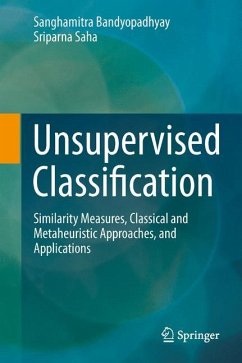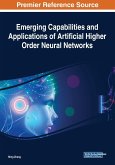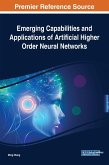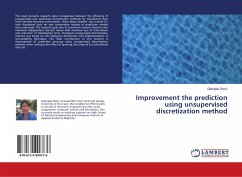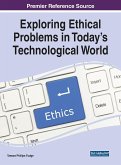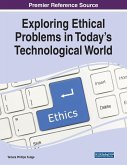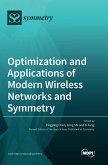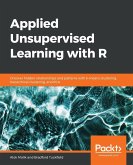Clustering is an important unsupervised classification technique where data points are grouped such that points that are similar in some sense belong to the same cluster. Cluster analysis is a complex problem as a variety of similarity and dissimilarity measures exist in the literature.
This is the first book focused on clustering with a particular emphasis on symmetry-based measures of similarity and metaheuristic approaches. The aim is to find a suitable grouping of the input data set so that some criteria are optimized, and using this the authors frame the clustering problem as an optimization one where the objectives to be optimized may represent different characteristics such as compactness, symmetrical compactness, separation between clusters, or connectivity within a cluster. They explain the techniques in detail and outline many detailed applications in data mining, remote sensing and brain imaging, gene expression data analysis, and face detection.
The book will be useful to graduate students and researchers in computer science, electrical engineering, system science, and information technology, both as a text and as a reference book. It will also be useful to researchers and practitioners in industry working on pattern recognition, data mining, soft computing, metaheuristics, bioinformatics, remote sensing, and brain imaging.
This is the first book focused on clustering with a particular emphasis on symmetry-based measures of similarity and metaheuristic approaches. The aim is to find a suitable grouping of the input data set so that some criteria are optimized, and using this the authors frame the clustering problem as an optimization one where the objectives to be optimized may represent different characteristics such as compactness, symmetrical compactness, separation between clusters, or connectivity within a cluster. They explain the techniques in detail and outline many detailed applications in data mining, remote sensing and brain imaging, gene expression data analysis, and face detection.
The book will be useful to graduate students and researchers in computer science, electrical engineering, system science, and information technology, both as a text and as a reference book. It will also be useful to researchers and practitioners in industry working on pattern recognition, data mining, soft computing, metaheuristics, bioinformatics, remote sensing, and brain imaging.
From the reviews:
"The book focuses on emerging metaheuristic approaches to unsupervised classification, with an emphasis on a symmetry-based definition of similarity. ... I found this book very appealing. I also thought of it as very valuable for my preoccupations towards the real-world application of unsupervised classification to medical imaging. I thus believe that, when reading this book, junior as well as experienced researchers will find many new challenging theoretical and practical ideas." (Catalin Stoean, zbMATH, Vol. 1276, 2014)
"The book views clustering as a (multiobjective) optimization problem and tackles it with metaheuristics algorithms. More interestingly, the authors of this book propose the exploitation of the concepts of point and line symmetry to define new distances to be used in clustering techniques. ... researchers in the field will surely appreciate it as a good reference on the use of the symmetry notion in clustering." (Nicola Di Mauro, Computing Reviews, July, 2013)
"The book focuses on emerging metaheuristic approaches to unsupervised classification, with an emphasis on a symmetry-based definition of similarity. ... I found this book very appealing. I also thought of it as very valuable for my preoccupations towards the real-world application of unsupervised classification to medical imaging. I thus believe that, when reading this book, junior as well as experienced researchers will find many new challenging theoretical and practical ideas." (Catalin Stoean, zbMATH, Vol. 1276, 2014)
"The book views clustering as a (multiobjective) optimization problem and tackles it with metaheuristics algorithms. More interestingly, the authors of this book propose the exploitation of the concepts of point and line symmetry to define new distances to be used in clustering techniques. ... researchers in the field will surely appreciate it as a good reference on the use of the symmetry notion in clustering." (Nicola Di Mauro, Computing Reviews, July, 2013)

